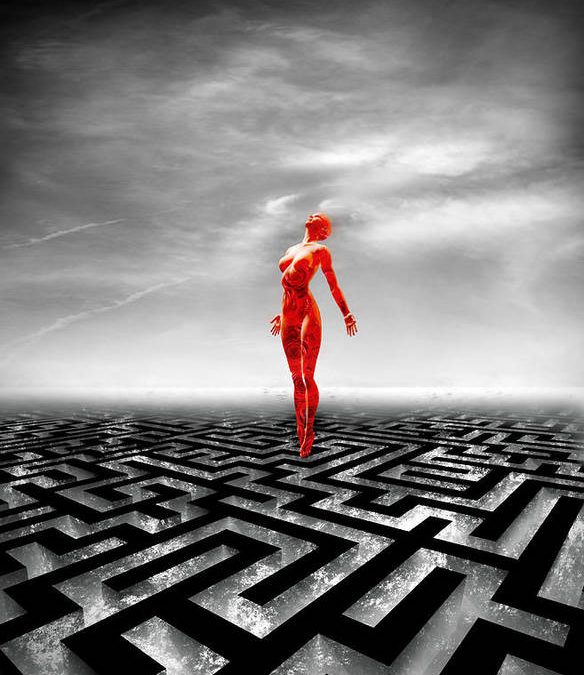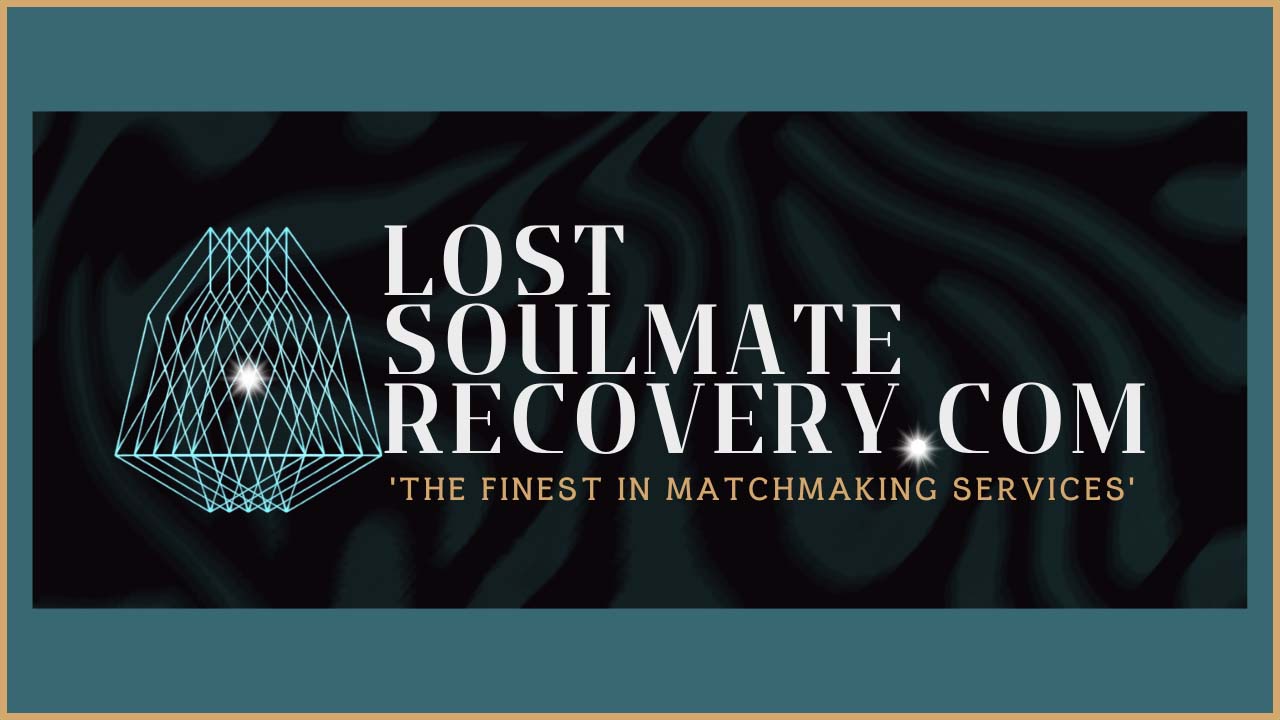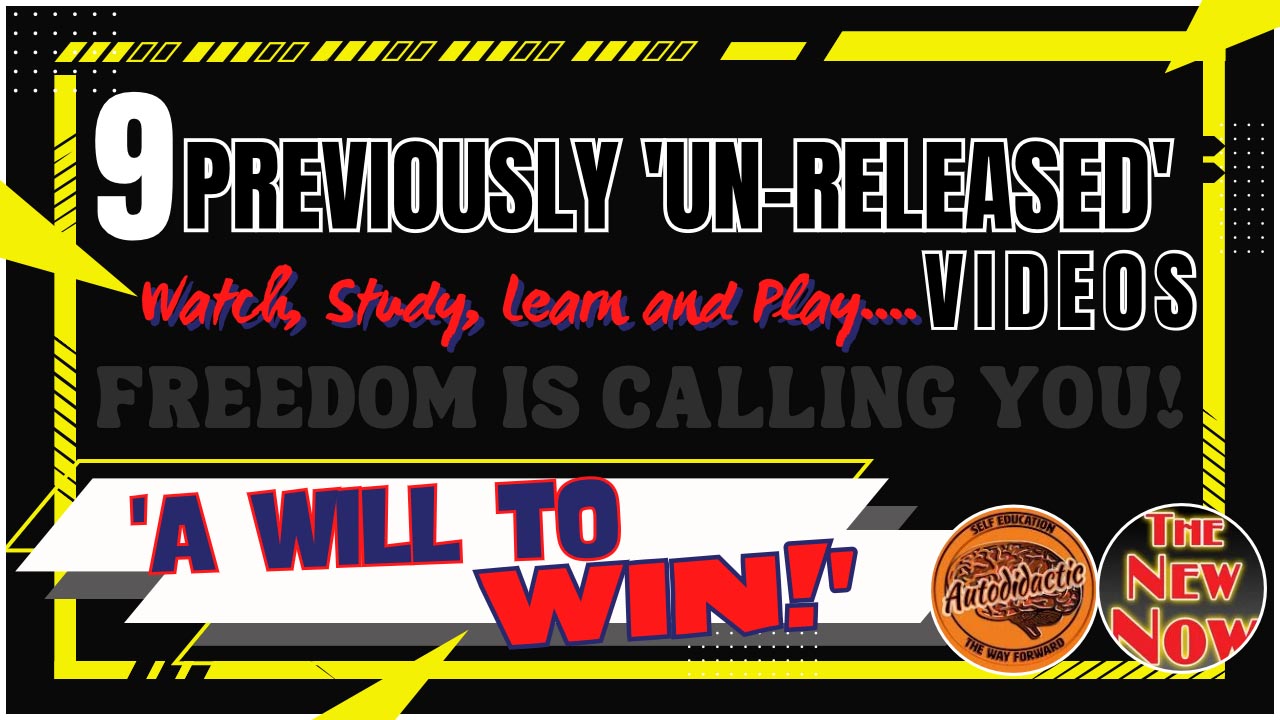Into the Labyrinth: A Guide to Navigating Chaos
“The road to heaven feels like hell. The road to hell feels like heaven.” ~Unknown
The labyrinth is a metaphor for navigating change. It stands as a monolithic structure that represents both the unknown and the subtle art of transforming the unknown into wisdom. More importantly, it is a mythopoetic symbol for finding oneself.
The labyrinth is the place you go to shed your cultural conditioning. It’s where you stretch your comfort zone into discomfort. In fact, anything outside your comfort zone could be considered Labyrinth. The conflicting/connecting cosmos that outflanks you even as it binds you—Labyrinth. The horizon disguised as a boundary—Labyrinth. The infinite universe juxtaposing both your inner-verse and outer-verse—Labyrinth.
The labyrinth is adventure, Hero’s Journey, Truth Quest. It’s a Turing Test for how to play the Infinite Game. Are you just a “robot” conditioned to play finite games or are you “alive!” reconditioned to play the Infinite Game of life?
In the labyrinth one does not lose oneself; one finds oneself. It’s in the comfort zone where you lose yourself. It’s the comfort zone that kills. It’s only outside the comfort zone where you truly come alive. And it’s the only place where you can experience Rebirth.
This is not to say that the comfort zone is not necessary. Not at all. The comfort zone is vital as a sojourn, as a temporary resting place, as a sacred space to lick one’s wounds and unpackage heavy shadows, reassociate disassociated states, unscramble madness back into magic. It’s a place to mix the ingredients you found on the path of heroism. But first the heroism. First the hunt. First the sacrifice. First the surrender. First the leap of courage into the labyrinth to find those vital ingredients.
So as not to get lost in the labyrinth, you must prepare your return before your departure. You must leave yourself outs. Litter the path with breadcrumbs. Tie Ariadne’s Thread to the center of your comfort zone before your leap into the unknown.
Ariadne’s thread is both a metaphor for following one’s own path and for strategically staying ahead of the curve. It’s Symbolic of outflanking the ego (cultural conditioning/comfort zone) and surrendering to the Soul (adventure/quest). In Jungian terms Ariadne is the guiding power of the anima/animus who helps the hero in his/her katabasis.
A Katabasis is a descent into the underworld, or a literary account of such a journey to the land of the dead, constituting a temporary visit followed by an Anabasis (ascent). But without the preparation, without the Thread, the lifeline, the umbilical connection to health, there may not be an ascent.
As Sun Tzu said, “Sweat more during peace; bleed less during war.” You can’t have a testimony without having a test. But there’s no reason why you shouldn’t be prepared for the test. Just don’t allow your “preparing” to become an excuse for not executing. Don’t rest on your laurels. Don’t allow the comfort zone to cripple you. Don’t become a status quo junkie hooked on safety, security, and comfort. Grab Ariadne’s thread and take a leap!
Take the risk. Do it despite the tiny-hearted. Do it despite authority. Do it despite the status quo. Be unapologetic. Just be strategic about it. Be fluid, flexible, and smart. And Ariadne will guide you.
In the labyrinth you meet your thousand-and-one selves. Every twisting turn reveals a new layer. Each mirrored passageway unveils a deeper mask. You begin to see, really see, how you are masks all the way down perceiving delusions all the way up. You begin to feel, truly feel, the legion of yourself. And the deeper you travel the more your individuality crumbles into a multitude.
As Friedrich Nietzsche poetically explained, “You lie in wait for yourself in caverns and forests. Lonely one, you are going the way to yourself! And your way goes past yourself, and past your seven devils! You will be a heretic to yourself and witch and soothsayer and fool and doubter and unholy one and villain.”
And as Joseph Campbell more poignantly put it, “All the gods, all the heavens, all the hells are within you.”
Indeed. All the heroes, all the villains, all the light and all the darkness are within you. You are the fountainhead, and the cosmos is the fountain. You are a vehicle that the universe maneuvers to perceive itself. Nothing reveals this more than a journey through the labyrinth.
And nothing is more frightening than the actualization of your own darkness.
Above all, the labyrinth teaches this: you are a multitude. You are Legion. You are death and darkness and evil and madness. You are devil and demon and Minotaur. Your shadow is your most “alive” aspect. It’s your fierceness, your cunning, your audacity, your primal lust. And it will devour you if you don’t incorporate it. It will lay you low if you don’t integrate it. It will control you subconsciously if you don’t associate it with consciousness.
Fortunately, you are Multitude. You are Legion. You are also life and light and goodness and sanity. You are angel and Overman and God. Thus, understanding that you are whole, you don’t renounce the shadow, but return to it with full engagement by making a double movement, a connecting dance: from dark to light and back again to darkness, so that at every step, you are making the movement of infinity and the sign of the Yin Yang.
Like Kierkegaard’s Knight of Faith practicing the Principle of Correspondence, you bring the material to the spiritual and the spiritual back again to the material, imbuing your life with divine significance.
When it comes down to it, this is what navigating the labyrinth is all about: dancing between the smoke and mirrors, between life and death, between love and loss, between deadly darkness and healing light, between blinding light and courageous dark, between finitude and infinity.
With your darkness made conscious, the labyrinth doesn’t stand a chance. You navigate the changing landscape like a whirling ninja dervish. Crisscrossing crossroads. Balancing on tripwires. Tiptoeing through mine fields. Cutting with curiosity like a razor-sharp question mark in the dark. Striking like a cobra, sinking your fangs into the “forbidden” fruit of the primal truth that has been forsaken for too long. Transforming like a Phoenix, cultivating rebirth, practicing resurrection. Traversing Self.
All the while, Ariadne’s Thread dangles behind you—vital, primal, umbilical—connecting you to the Homeland, to the womb, to the “ordinary world,” to the safety net of the comfort zone. Where you will eventually return and reorient disorientation, unlock mystery, rediscover the magic in the madness, and concoct your magic elixir for the tribe.
But only in hindsight will you realize—the ingredients are your soul.
Image source: Transcend by Jacky Gerritsen
About the Author:
Gary Z McGee, a former Navy Intelligence Specialist turned philosopher, is the author of Birthday Suit of God and The Looking Glass Man. His works are inspired by the great philosophers of the ages and his wide-awake view of the modern world.
This article (Into the Labyrinth: A Guide to Navigating Chaos) was originally created and published by Self-inflicted Philosophy and is printed here under a Creative Commons license with attribution to Gary Z McGee and self-inflictedphilosophy.com. It may be re-posted freely with proper attribution, author bio, and this statement of copyright.


















